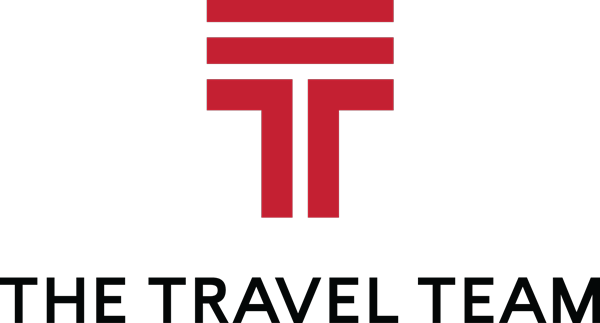One-size-fits-all business travel policies no longer align with modern trends. As workplace expectations evolve and companies embrace more flexible travel policies, supporting work-life balance for employees on the road is becoming a priority. Traveler needs are shifting, and for some, that means bringing children along on business trips.
Accommodating children in corporate travel planning is a newer, often complex, element of today’s business travel. Travel managers have the challenge of figuring out how to balance employees’ personal needs with company policy while managing costs and ensuring the trip still supports business objectives.
The Challenges and Upsides of Family-Inclusive Travel
In recent years, flexibility has risen to one of the top three job consideration factors. Strict travel policies that prohibit family or bleisure travel are outdated to many and likely impact employee satisfaction. Being able to travel with family, even if only for part of a trip, can help reduce employee stress, improve work-life balance, and make frequent or lengthy business travel more sustainable over time.
However, these accommodations must come with sensible structure. Permitting employees to travel with children means proactively planning for real-world scenarios without compromising policy. This likely involves some degree of defining clear reimbursement boundaries to separate personal and business costs, addressing potential liability concerns when family members are present, and managing the added logistical challenges, like selecting appropriate lodging and transportation.
Best Practices for Creating Family-Friendly Travel Policies
Supporting business travelers with children starts with having policies and systems in place that allow for flexibility without opening the door for confusion or risks.
Establish Clear, Flexible Procedures
It’s essential to clearly define what is reimbursable and what falls outside of company coverage. For example, if a traveler’s children join the trip, your policy may specify that only the employee’s airfare and standard lodging are covered, while upgrades like adjoining rooms or additional guest fees are not. These policies should be documented and communicated proactively so employees understand their options before they book.
Encourage Bleisure Travel Within Boundaries
The lines between personal and business travel can blur when family members join a trip. As these types of travel overlap, companies should consider embracing bleisure travel within detailed parameters. Consider allowing employees to extend their business trip with personal time, such as spending a weekend at the destination with family. To support this, look for travel platforms and booking tools that allow travelers to book both business and leisure components in one place while keeping costs separate.
Safety and Duty of Care as a Priority
When children and family are tagging along on a business trip, safety and liability concerns naturally become more complex. Corporate travel insurance typically does not extend to dependents, so it’s important to communicate this clearly within your policy. Encourage employees to secure their own travel insurance for accompanying family members, and provide guidance on what to do in case of an emergency.
How to Support Traveling Parents Beyond Policy
Family-aware business travel goes beyond hotel rooms and reimbursement rules. Travel managers can show meaningful support through logistics, resources, and strategic vendor choices.
Booking + Scheduling
Traveling with children changes the pace of a trip. Travel managers should try to avoid recommending and scheduling early morning departures or red-eye flights when possible, since these can raise challenges for families with younger kids. Opting for midday flights or direct routes with lower travel times helps mitigate stressors. Similarly, building in some breathing room between meetings and travel legs can help traveling parents transition more smoothly between responsibilities. For longer trips or international travel, even one buffer day can make a significant difference in reducing fatigue and helping employees stay focused and productive.
Transportation + Logistics
When families travel together, small details in transportation planning can have a big impact. Look for vendors that offer family-friendly options like car rentals with car seats or ride-share services that support child seating needs. For airport transfers, make sure vehicles have enough room for additional luggage, strollers, or booster seats. Partnering with airlines that offer family-oriented perks like early boarding, guaranteed seat selection, or children’s meals can also help streamline the experience and reduce stress for traveling parents.
Hotel + Vendor Selection
Choosing the right accommodations is key when it comes to supporting traveling families without significantly increasing costs. Prioritize hotels that offer family-friendly amenities such as suites with kitchenettes, connecting rooms, or on-site dining. These features add much-needed convenience without straying far from standard business hotel rates. Collaborating with travel management companies or concierge services can help identify vetted vendors who understand both the budget requirements of corporate travel and the unique needs of families. These partnerships make it easier to balance comfort and practicality.
Work With The Travel Team
Employees are people first. While business travel will always require structure, allowing room for personal needs goes a long way toward building trust and loyalty with team members. Need help creating or refining your corporate travel policies to accommodate today’s travelers? The Travel Team can help you craft smart, scalable solutions that keep your travelers happy and your business goals on track.


